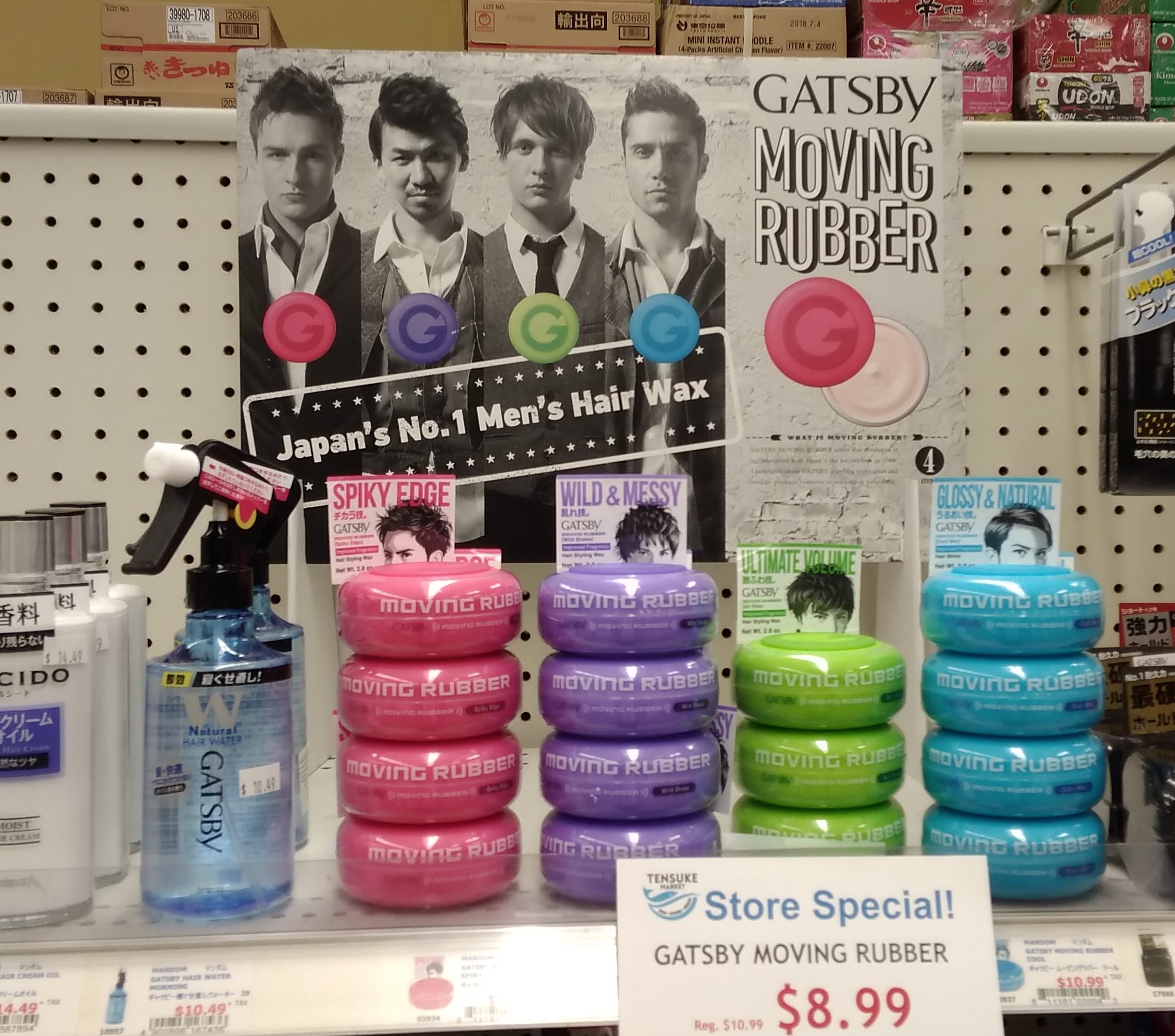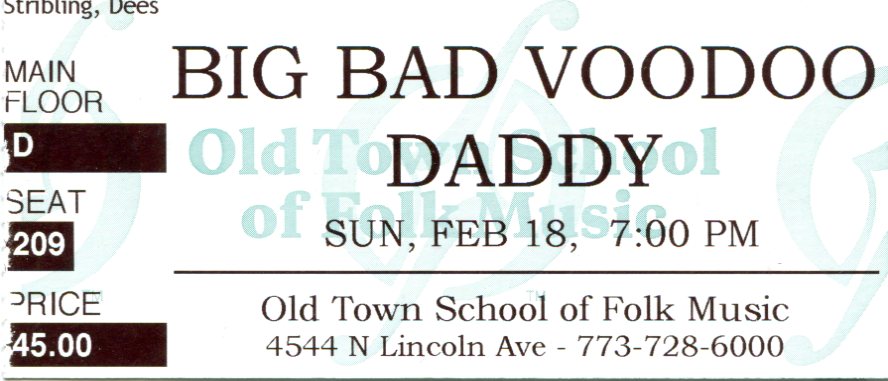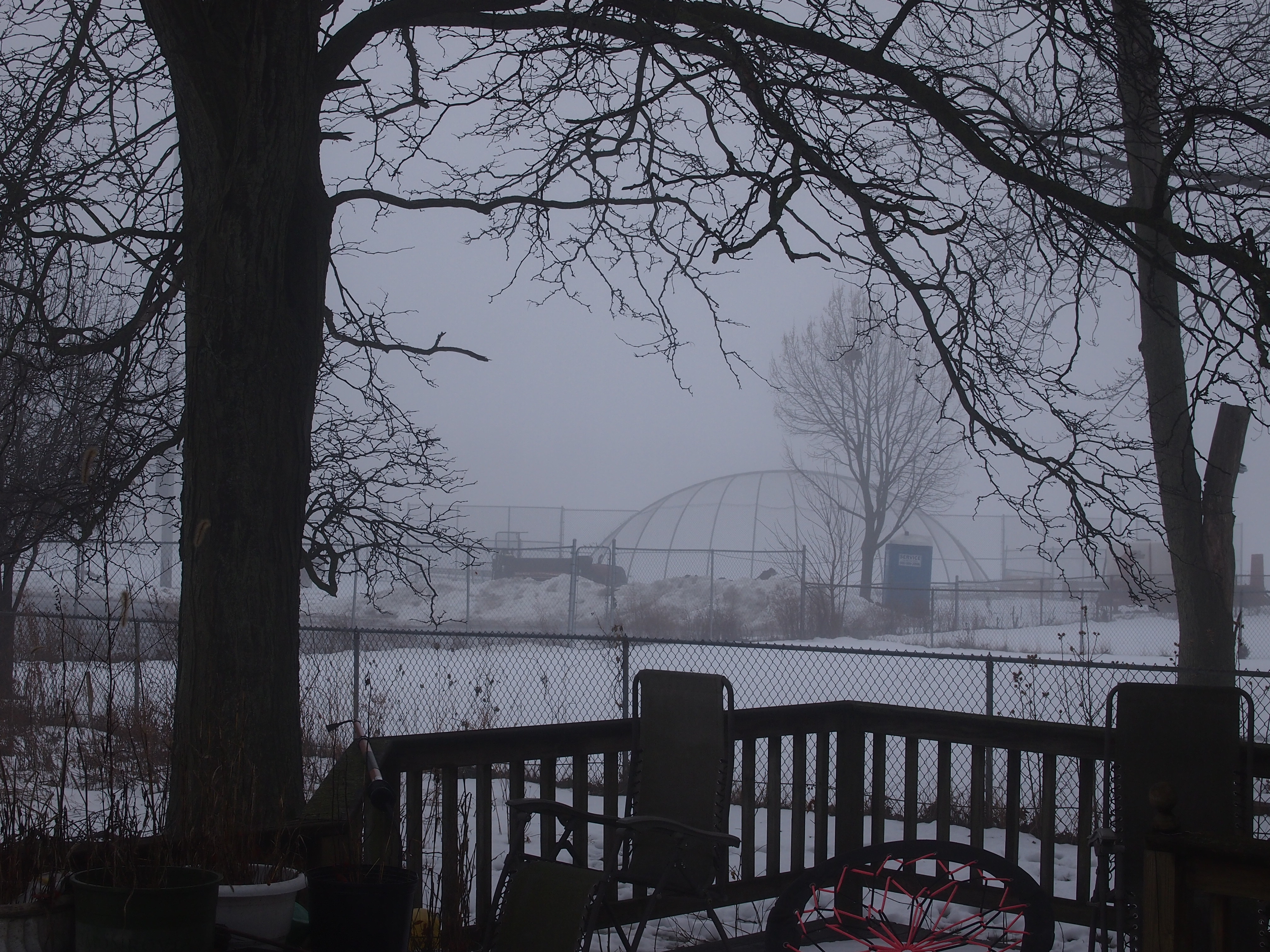Argyle Street is in Uptown on the North Side of Chicago. Just north of Uptown is Edgewater. Technically neither of these are neighborhoods, but “community areas,” a term invented by a committee if I’ve ever heard one.
So it is: the Social Science Research Committee at the University of Chicago defines these districts, and the City of Chicago uses the definitions for various bureaucratic purposes. There are 77 of them in the city, each with exact boundaries.
Neighborhoods are more numerous and tend to be more nebulous, evolving over the decades and sometimes being influenced by real estate salespeople. After it became hip to live there in the late 20th century, for instance, the Lakeview neighborhood of Wrigleyville enjoyed a remarkable growth spurt. Or at least, concoctions like “West Wrigleyville” were invented.
All that is a longish way to introduce the fact that we took a walk around Andersonville on Saturday after lunch near Argyle St. Andersonville is an Edgewater neighborhood, but the walk from Argyle in Uptown to the border with Edgewater, Foster Ave., isn’t a long one, and Andersonville is right to the north of Foster, roughly from Broadway in the east to Ashland in the west.
In fact we’d parked the car north of Foster, in Andersonville. Long experience has taught me that parking is easier to find in Andersonville than Uptown.
That’s because there are a lot of single-family houses in Andersonville. Large apartment buildings too, but still mostly single family along some of the neighborhood streets.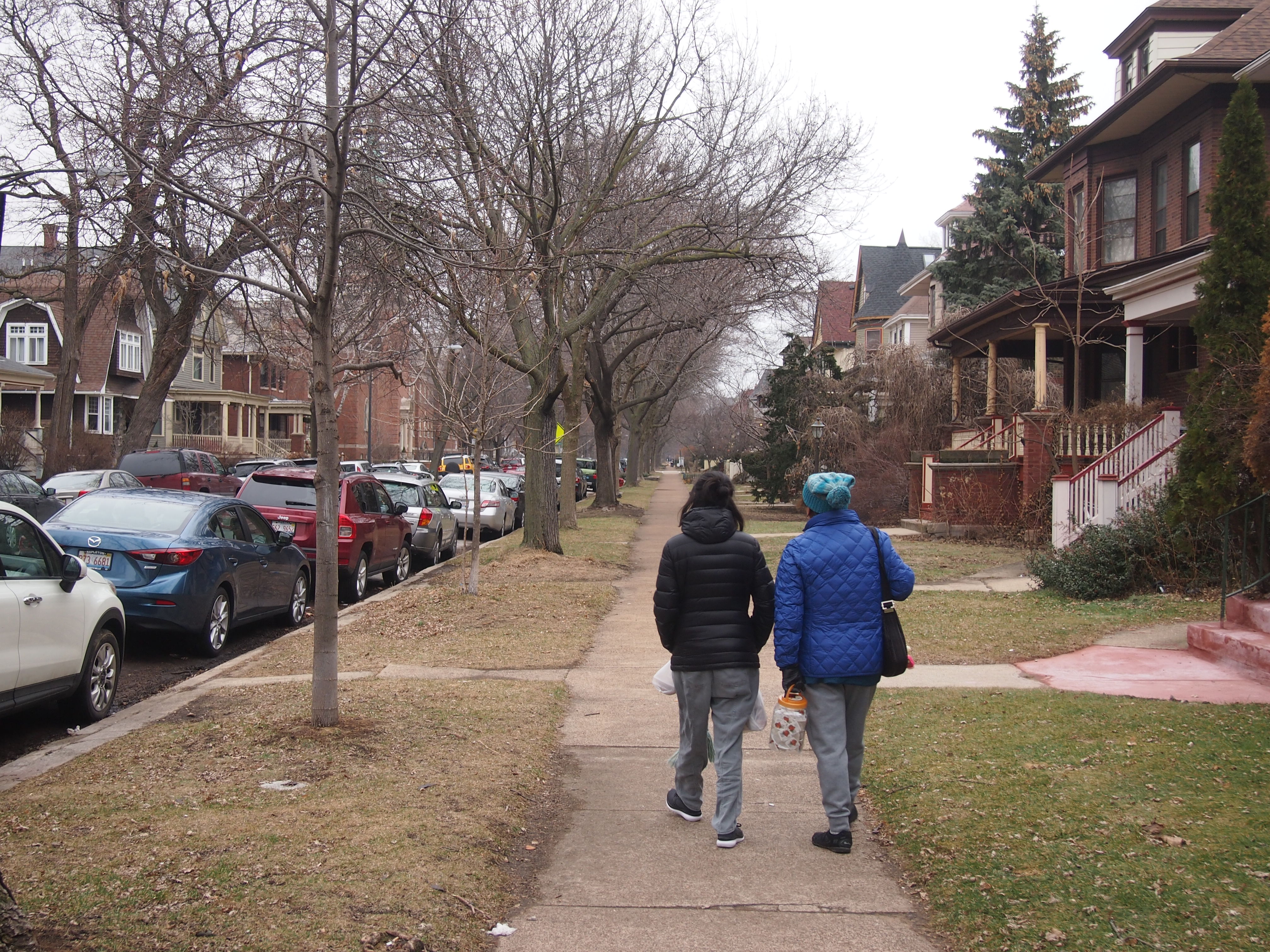
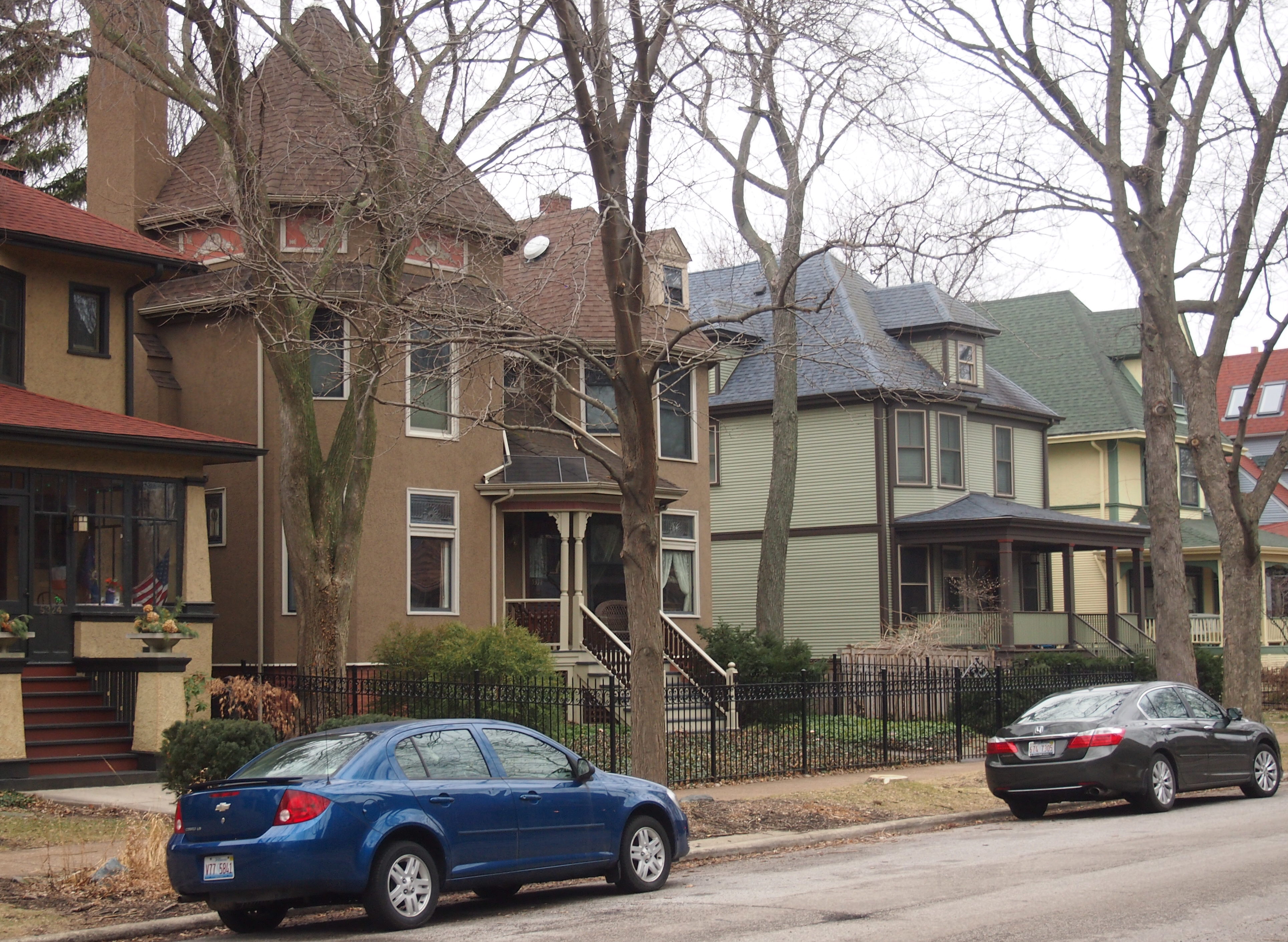
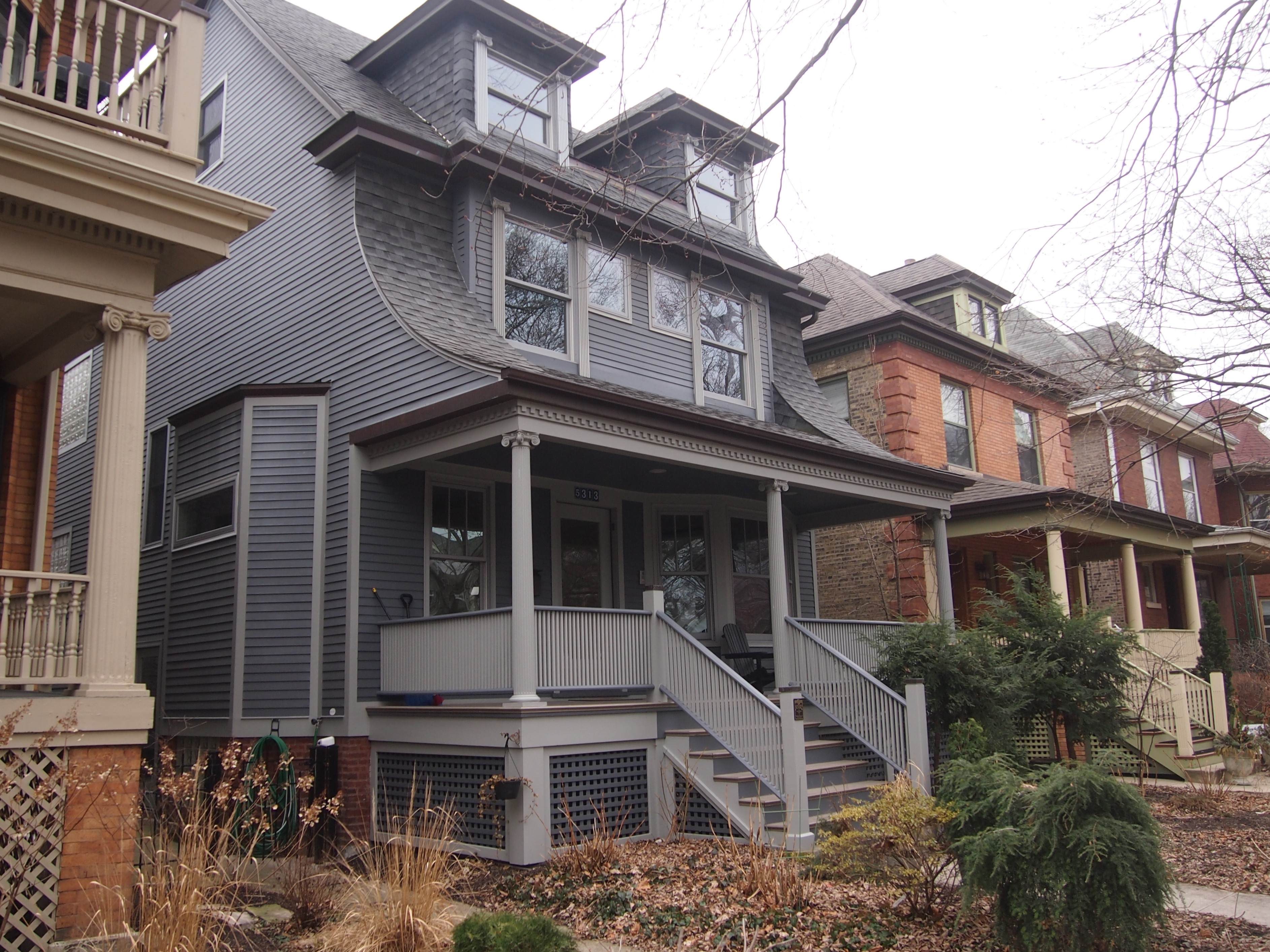 Some are more colorful than others. I suspect this one is a two flat, or maybe four.
Some are more colorful than others. I suspect this one is a two flat, or maybe four.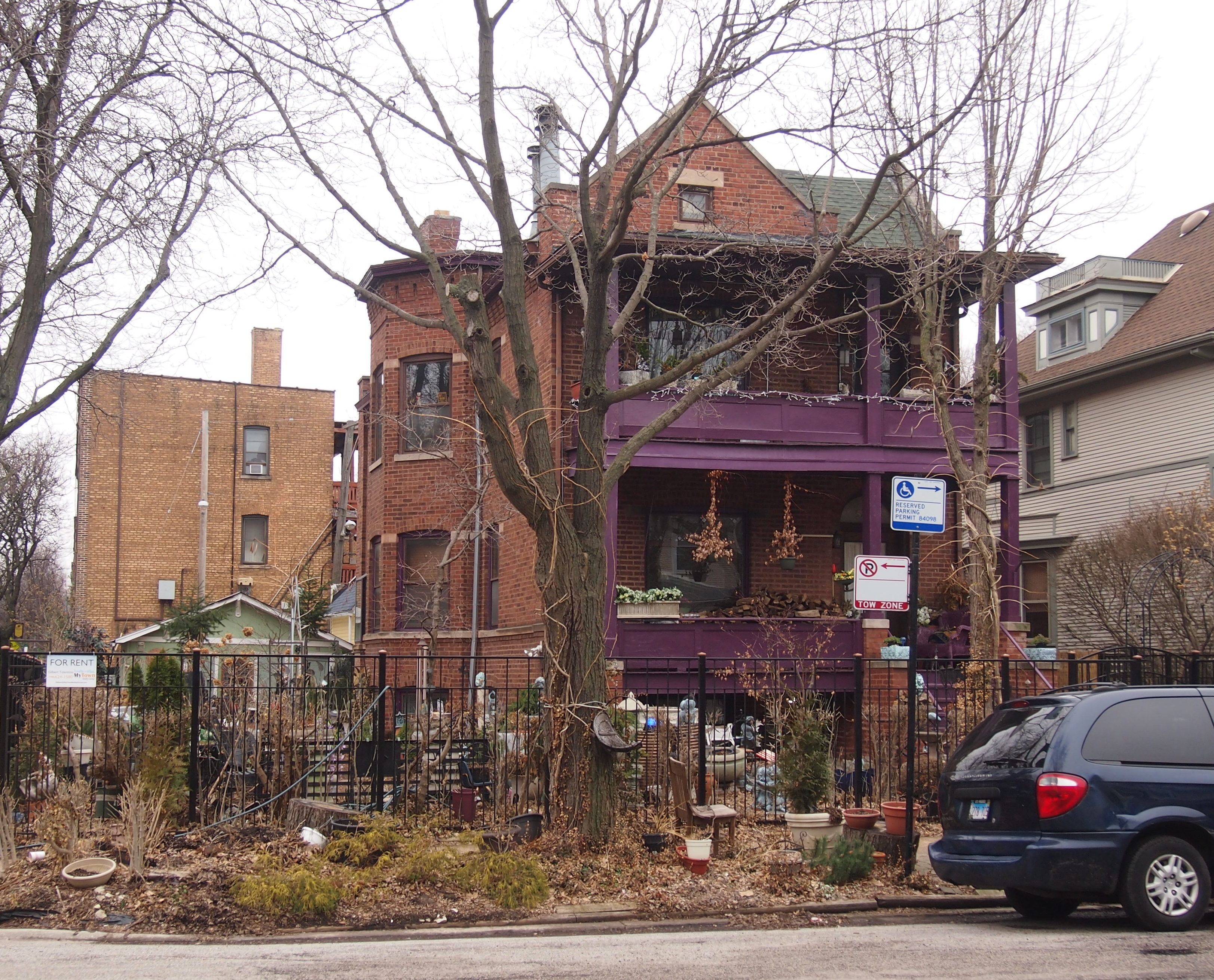 Most of the large single family houses are in the eastern part of Andersonville. Toward the west are larger apartments, such as this one.
Most of the large single family houses are in the eastern part of Andersonville. Toward the west are larger apartments, such as this one.
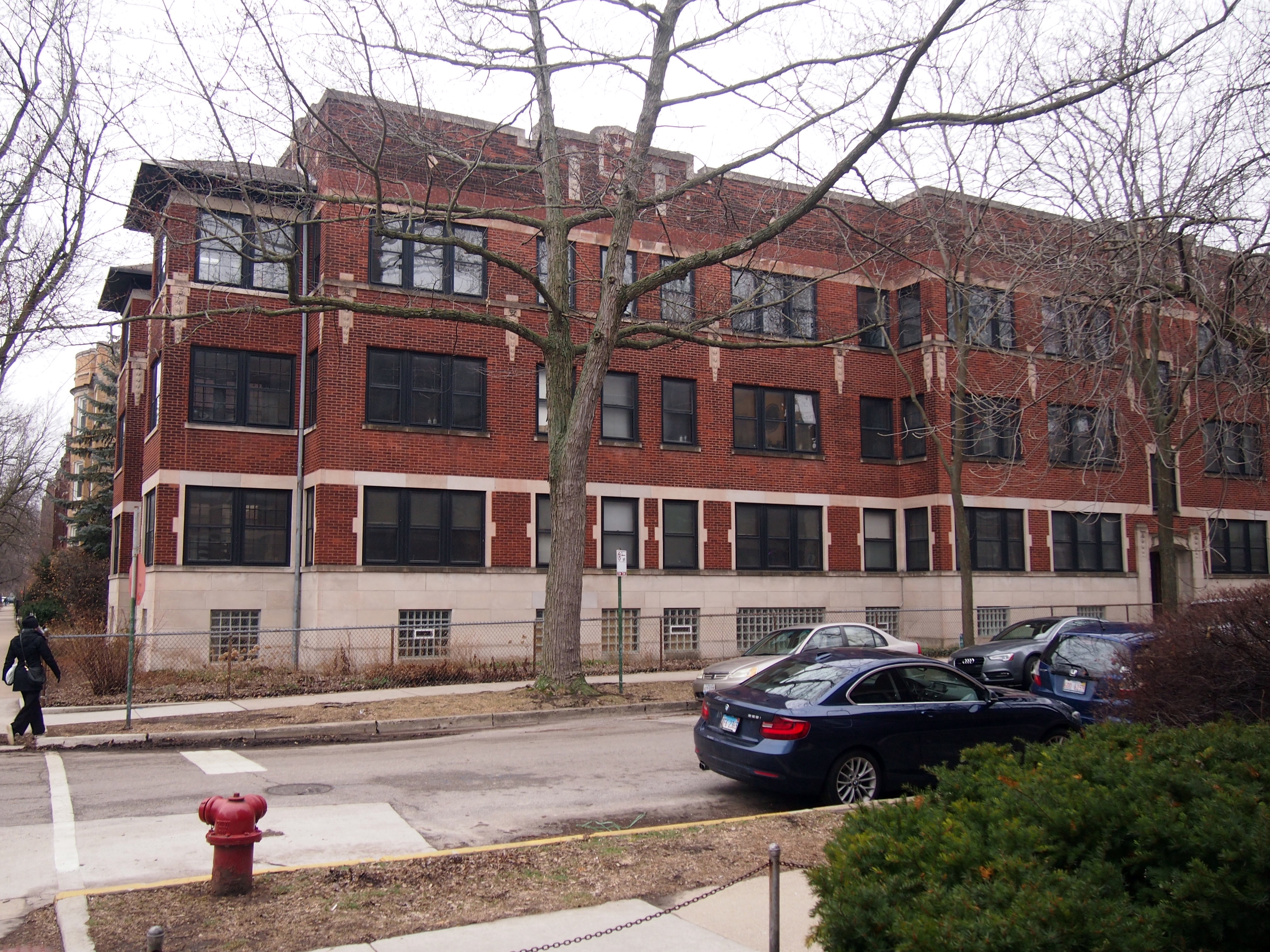 I have fond memories of the place, since I lived there from 1987 to 1990. Right behind those windows.
I have fond memories of the place, since I lived there from 1987 to 1990. Right behind those windows.
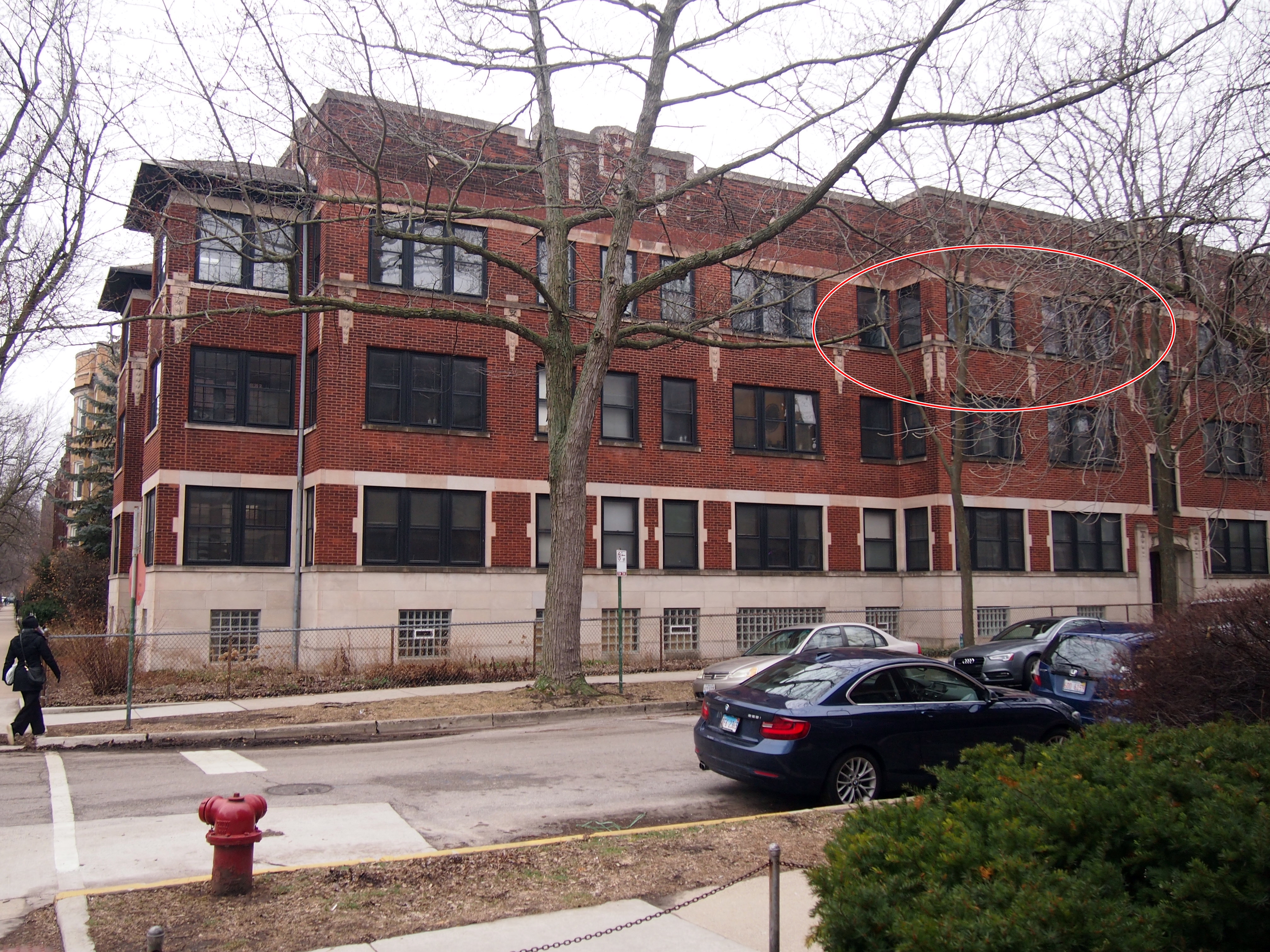 Near the western edge of Andersonville is Clark St., the main shopping street for the neighborhood.
Near the western edge of Andersonville is Clark St., the main shopping street for the neighborhood.
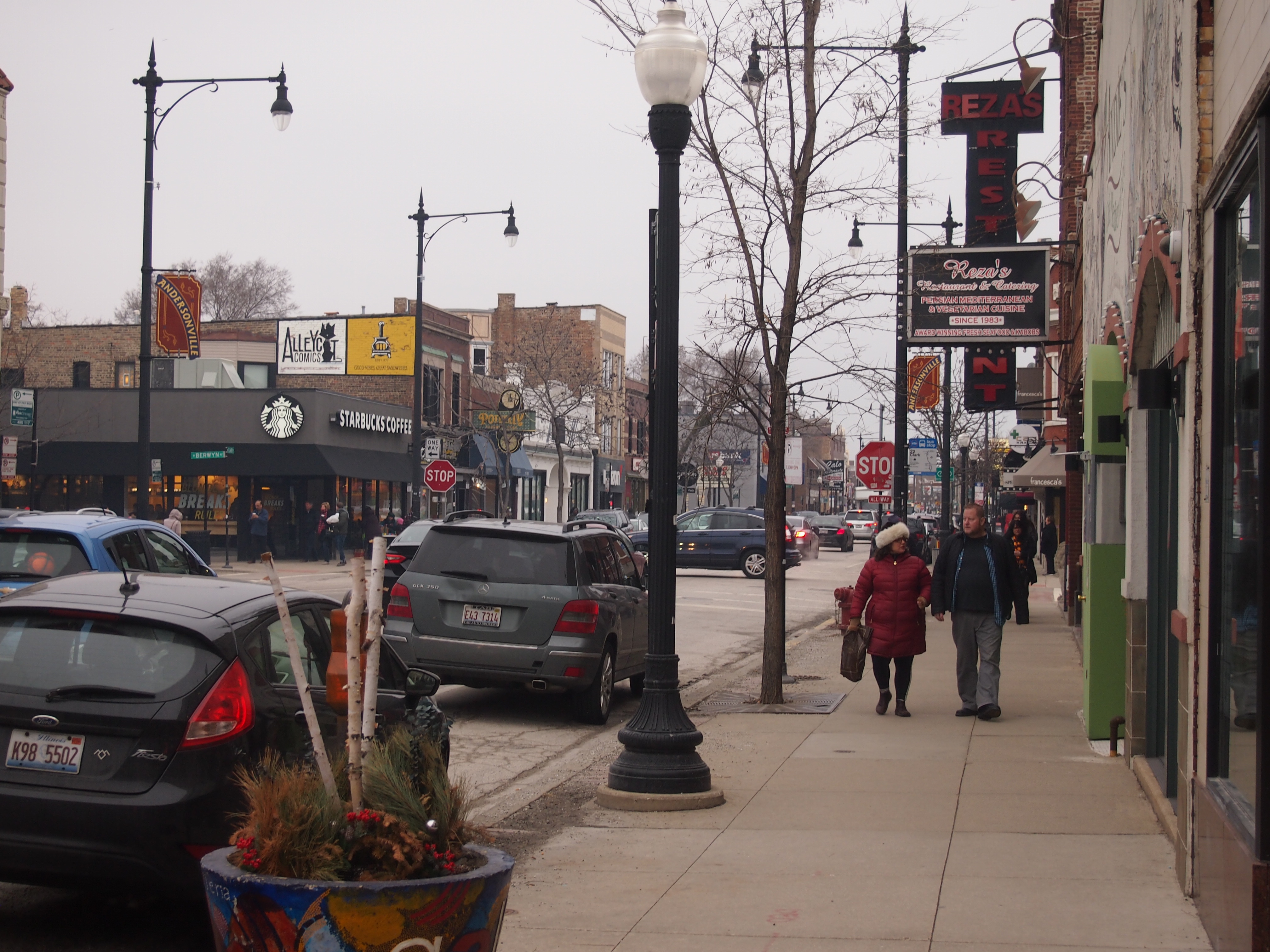 It has what 21st-century urban planners pine for: walkability, independent shops and restaurants (never mind the Starbucks), and some local history. Plus some interesting old buildings.
It has what 21st-century urban planners pine for: walkability, independent shops and restaurants (never mind the Starbucks), and some local history. Plus some interesting old buildings.
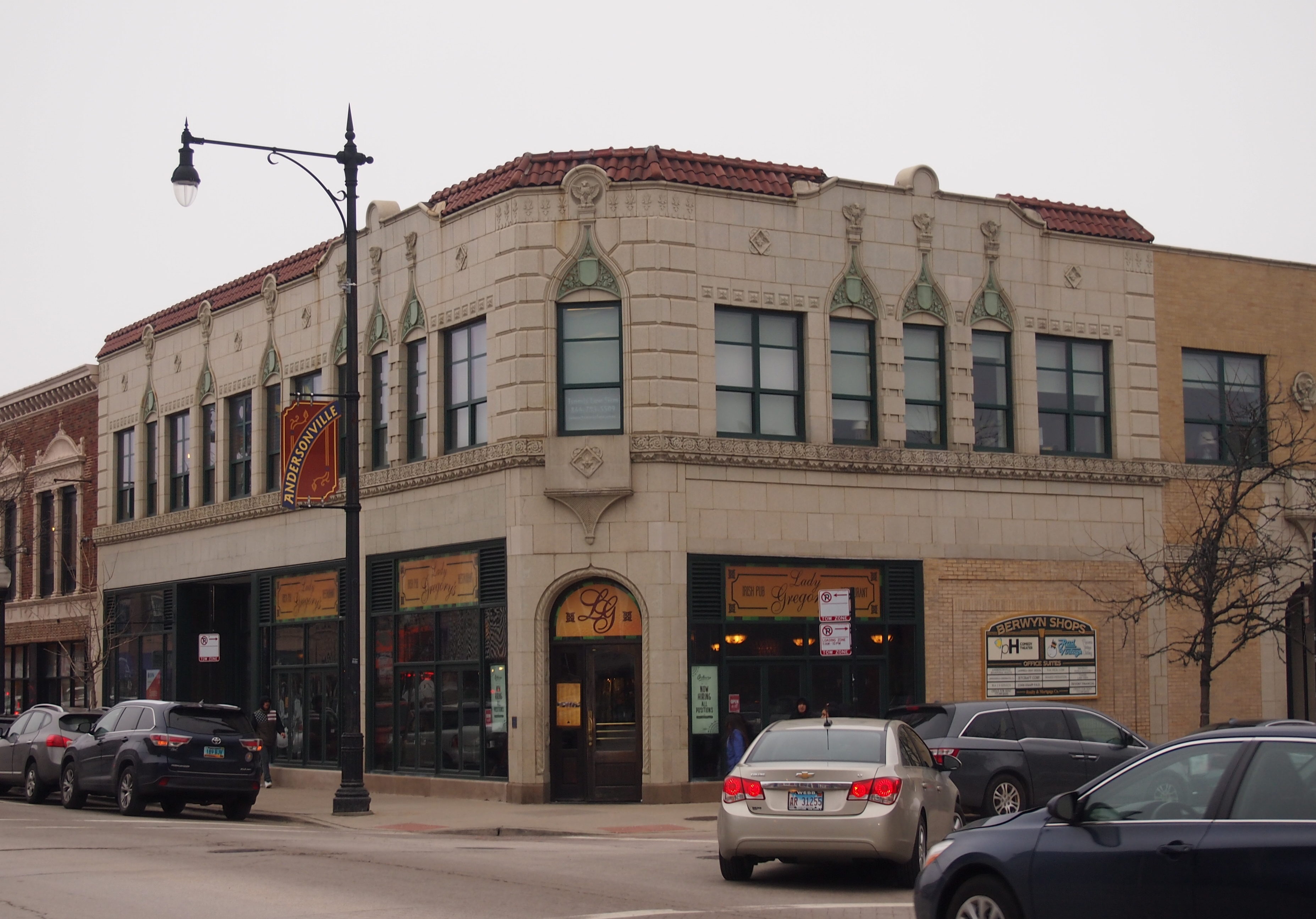 And commercial murals. Remarkably, the shoe store, which sounds like it should be in San Antonio, is still in business. I remember it from the late ’80s.
And commercial murals. Remarkably, the shoe store, which sounds like it should be in San Antonio, is still in business. I remember it from the late ’80s.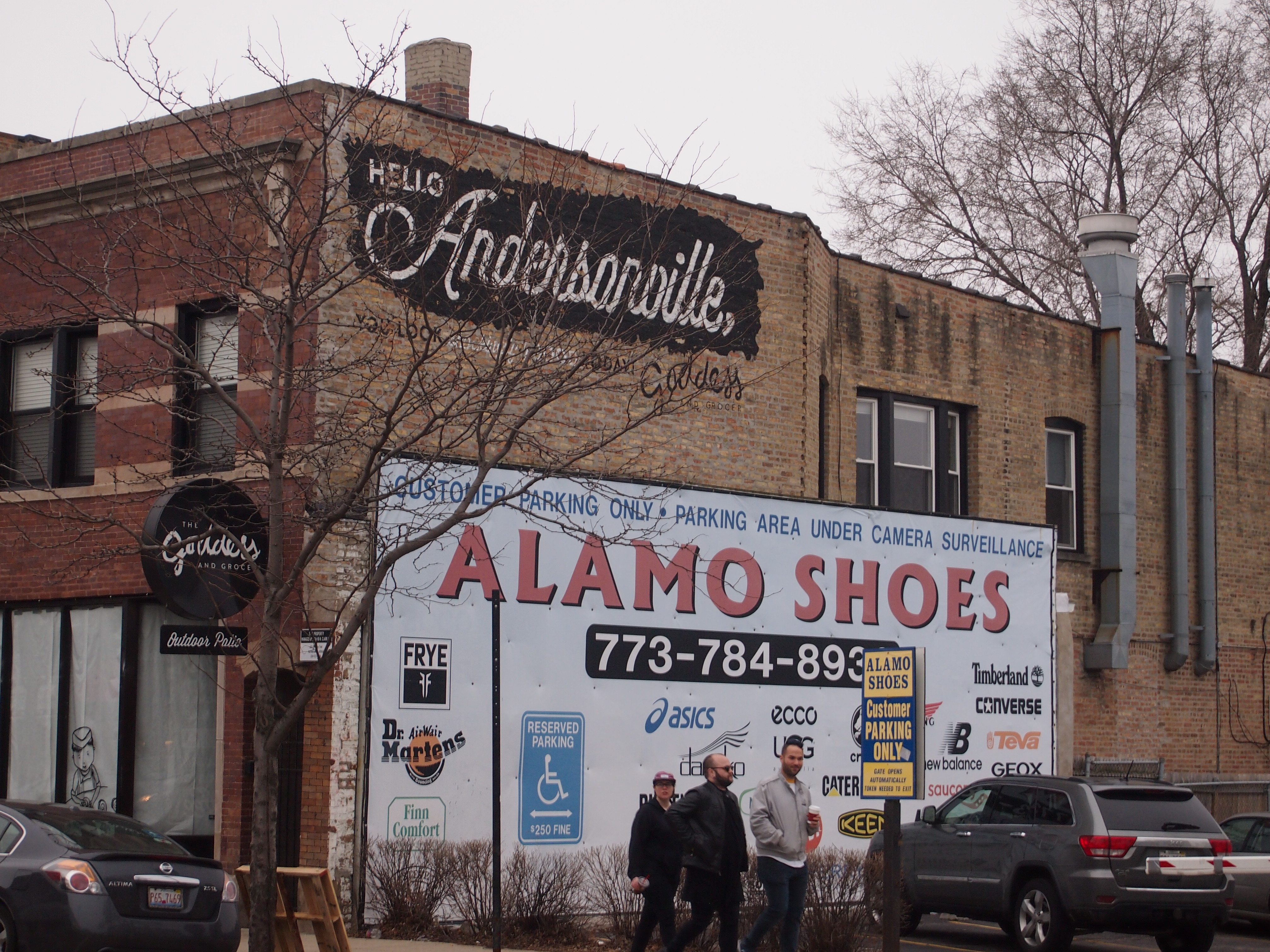 I’d say it’s hard to plan a neighborhood like this. It just has to happen.
I’d say it’s hard to plan a neighborhood like this. It just has to happen.
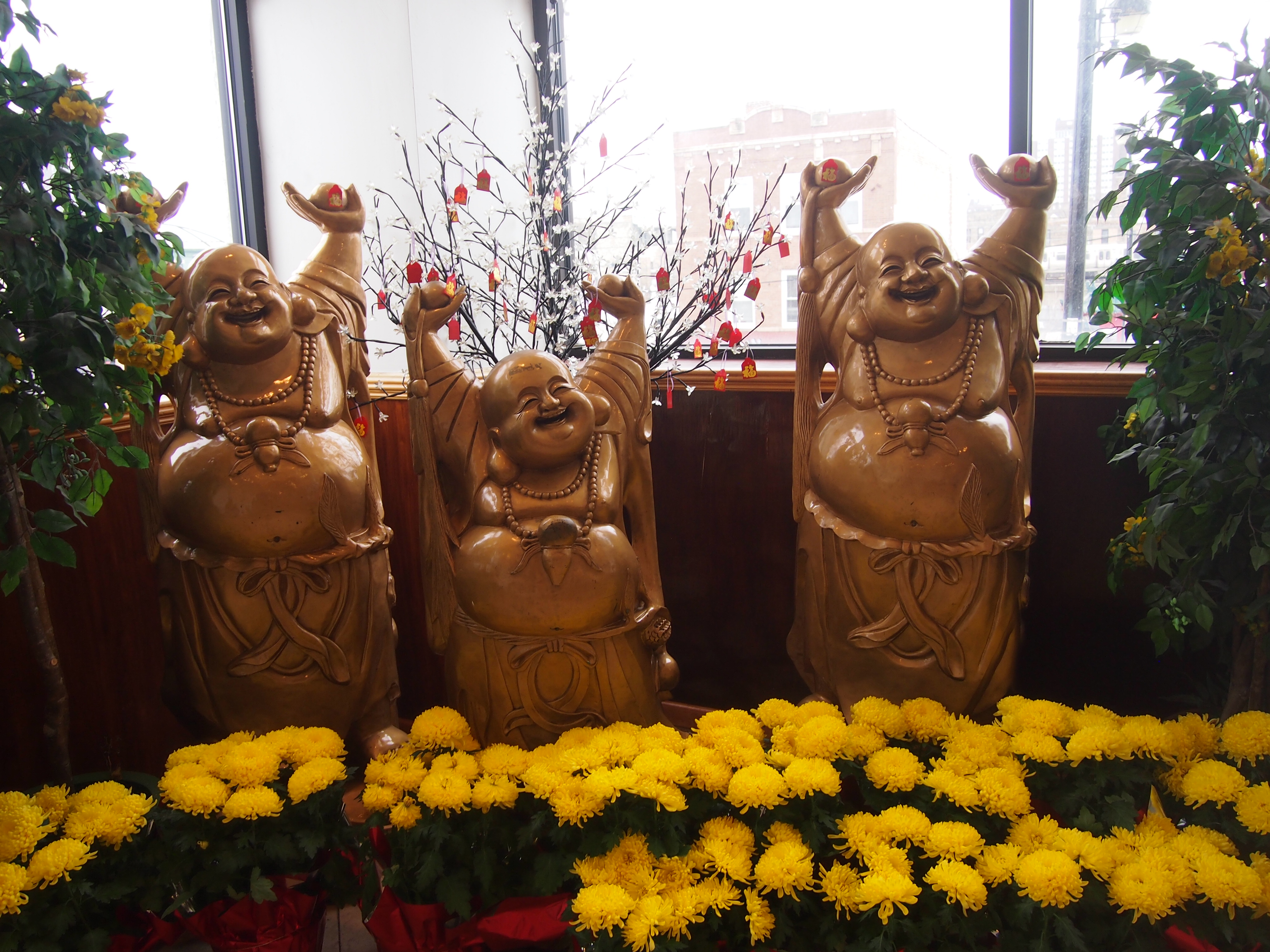
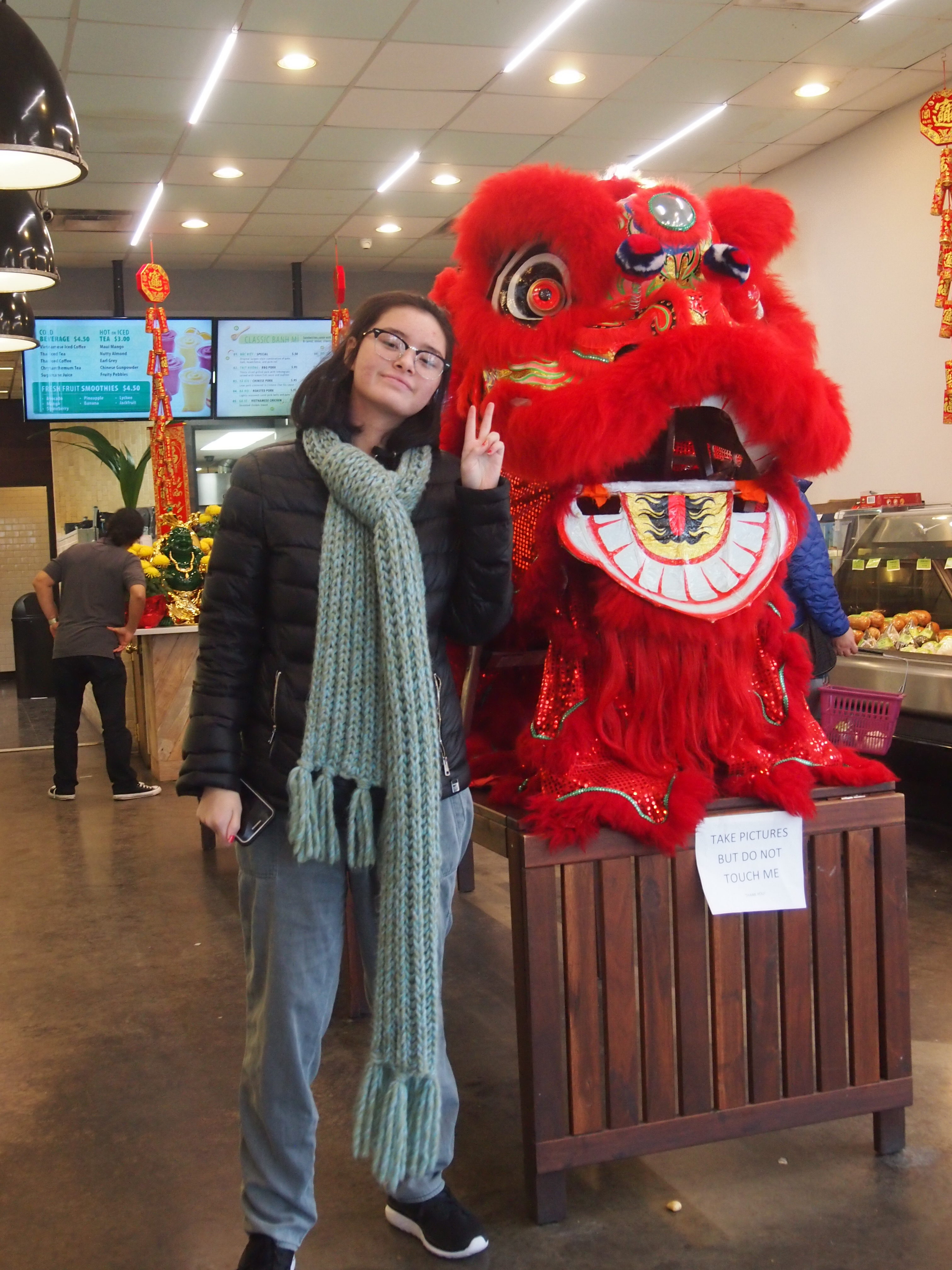

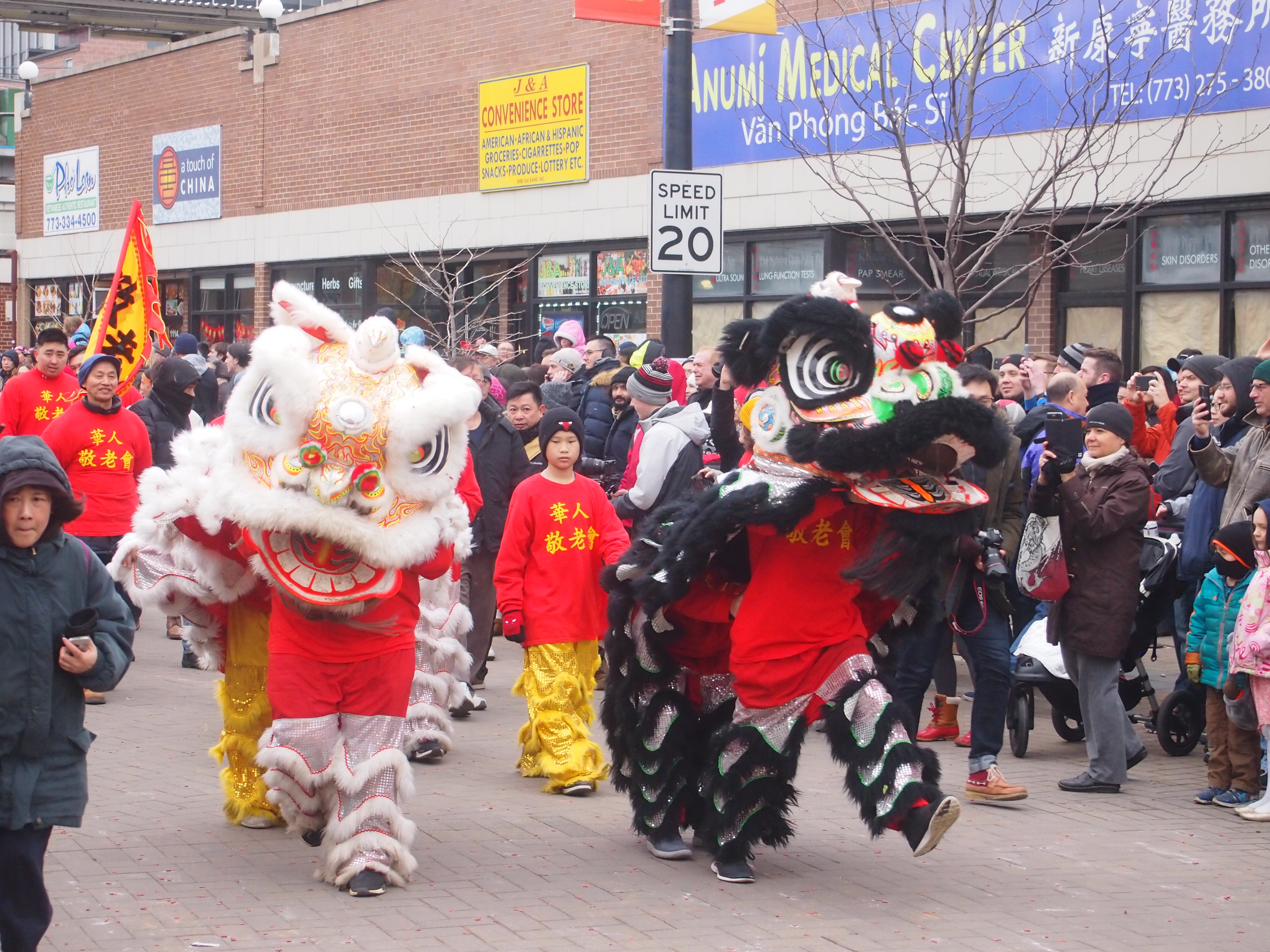
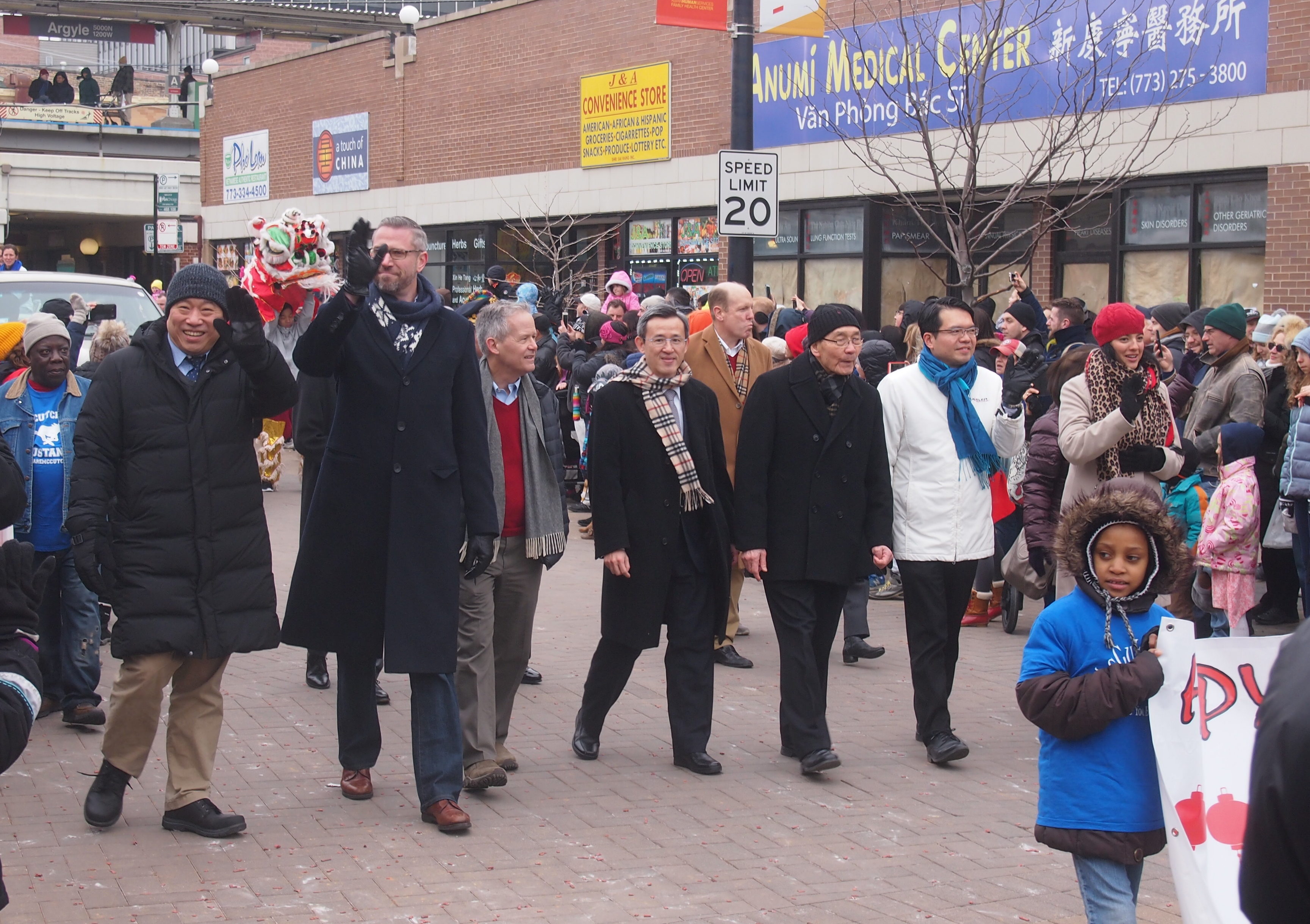
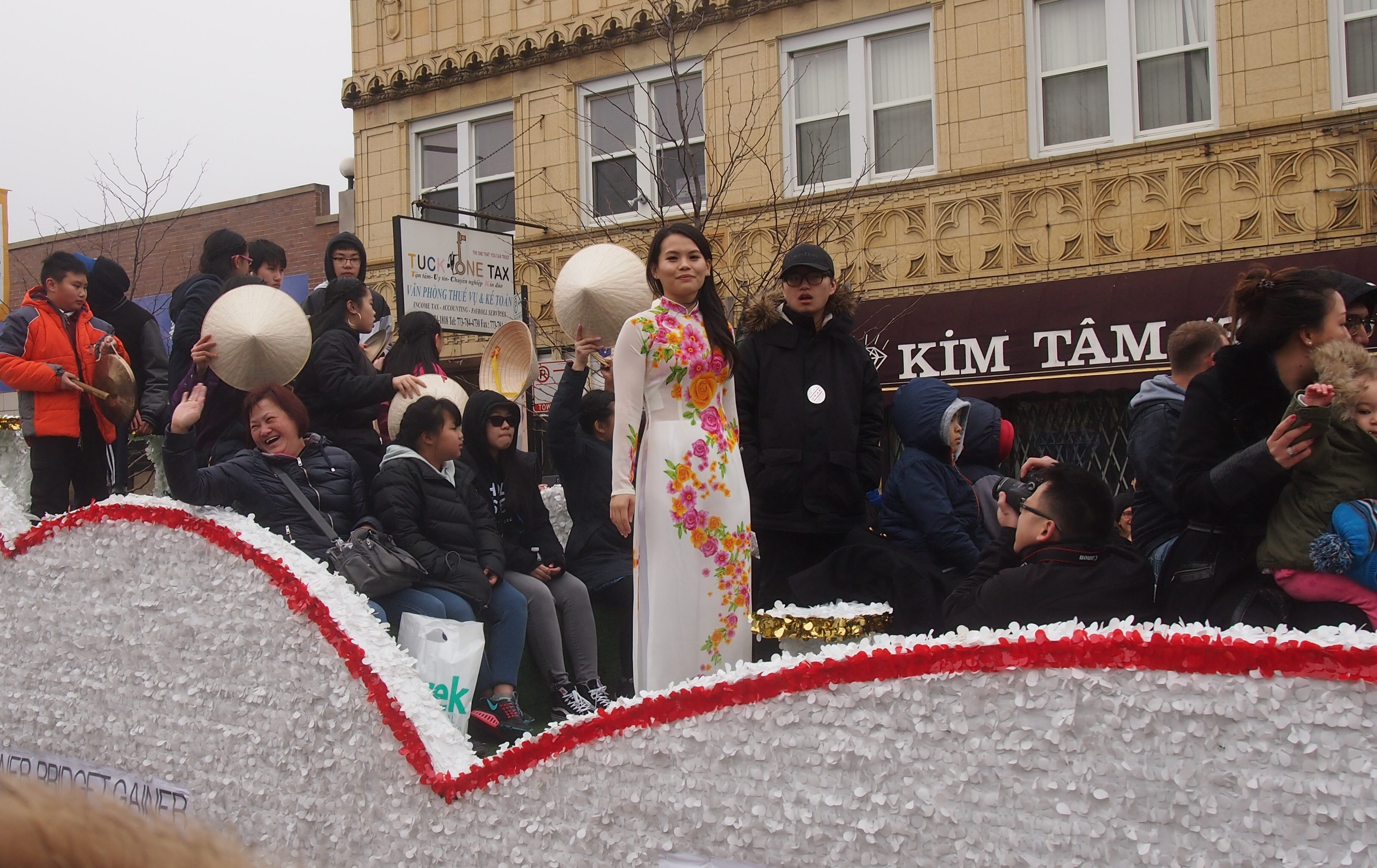
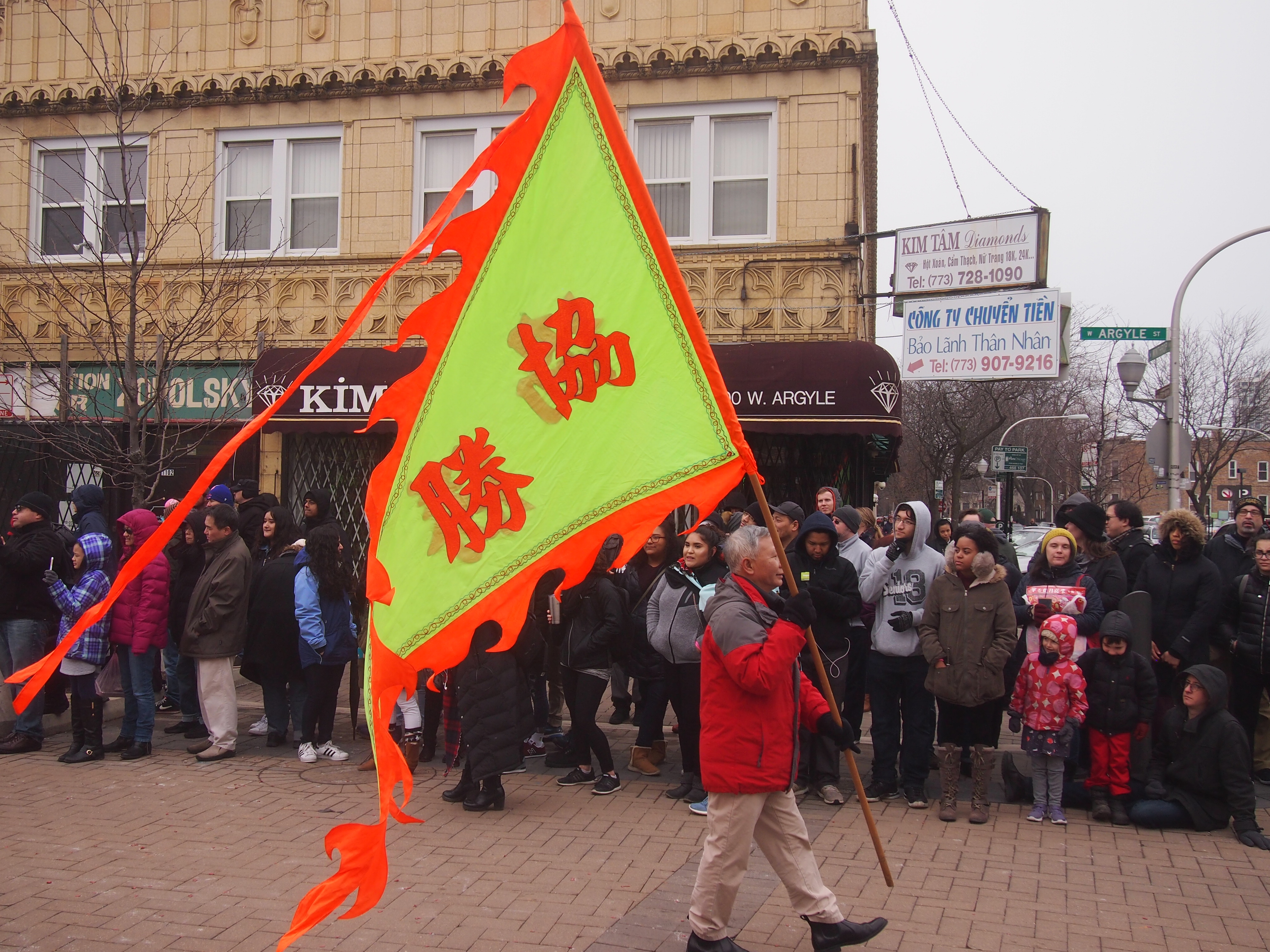

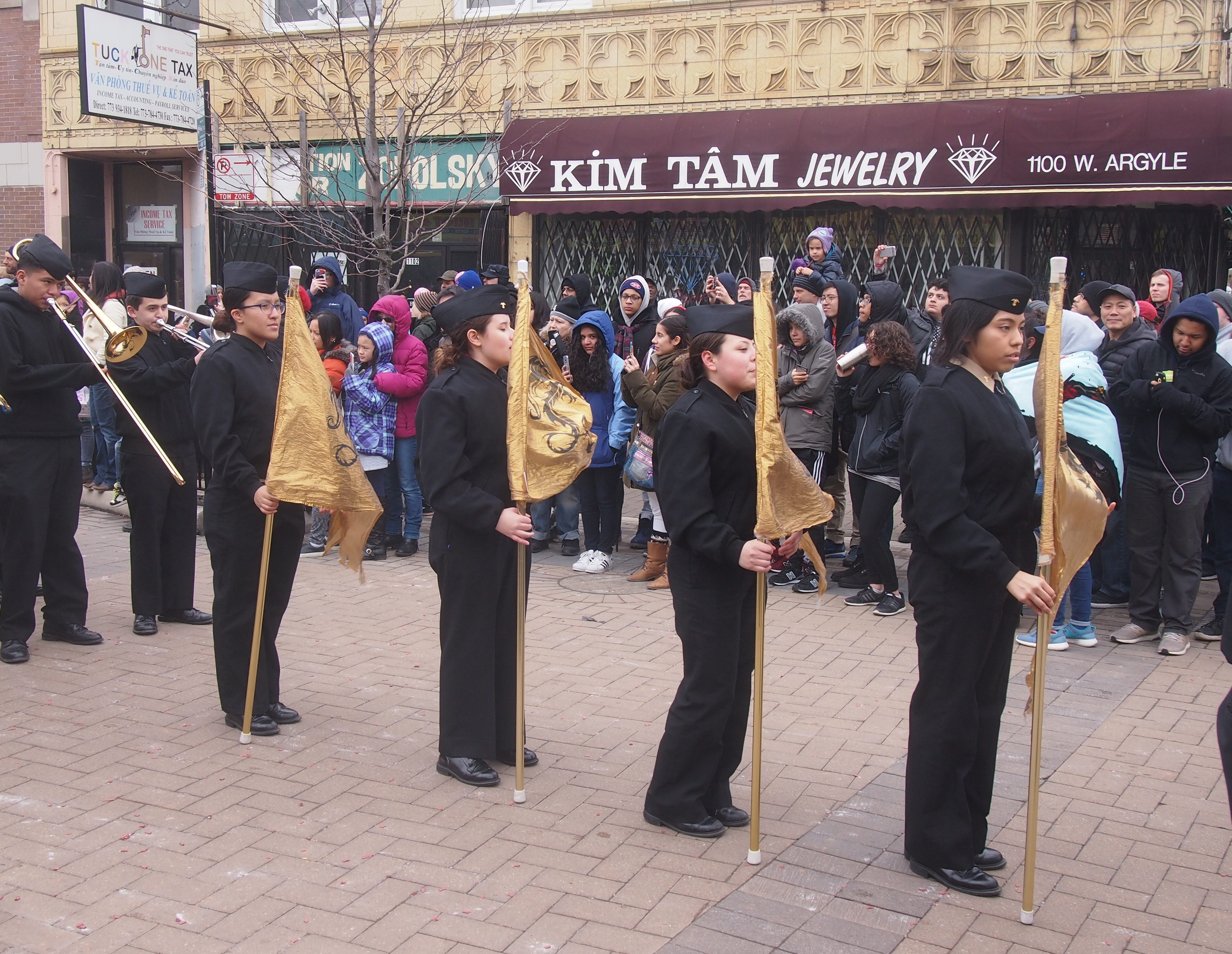
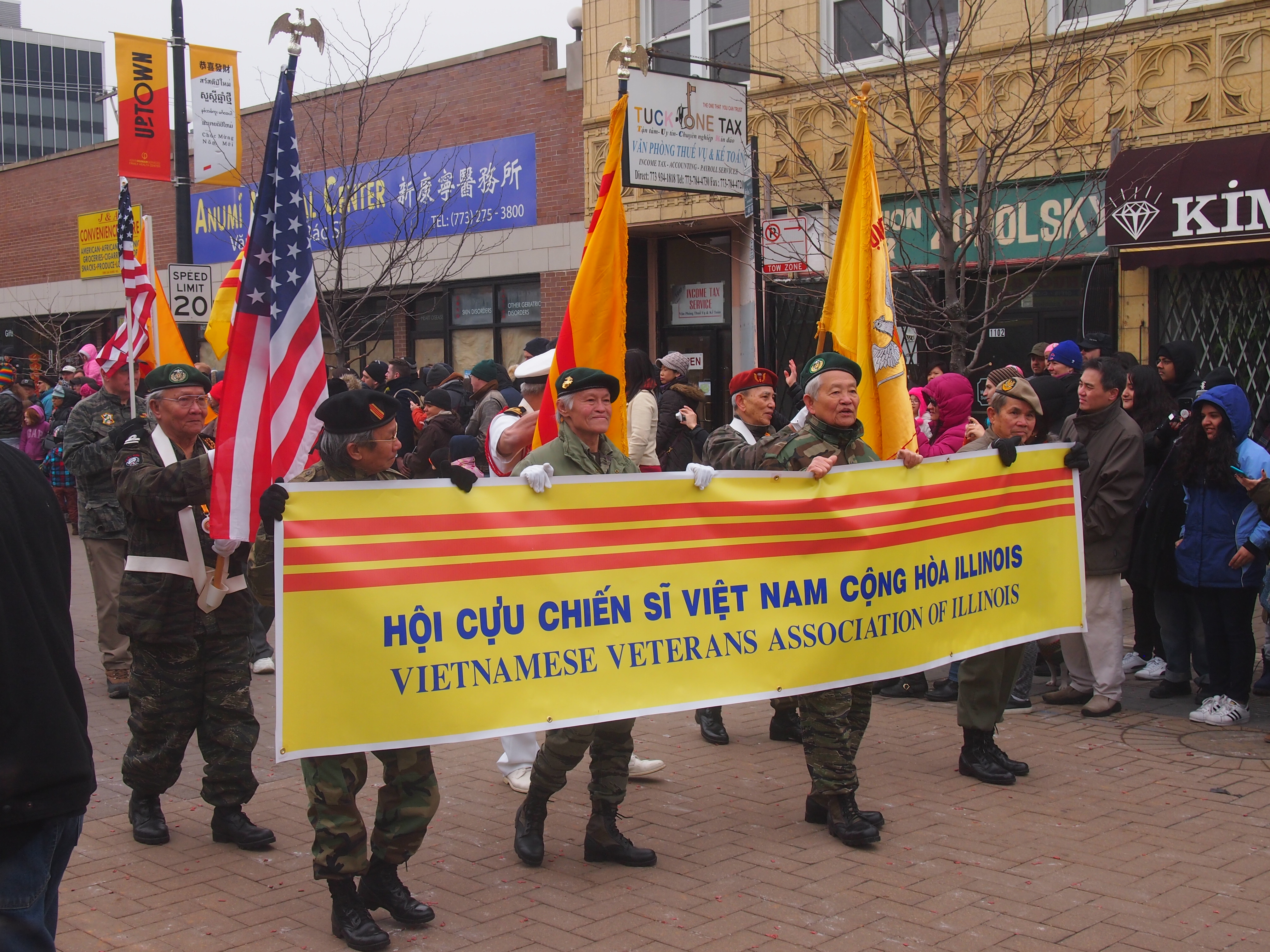
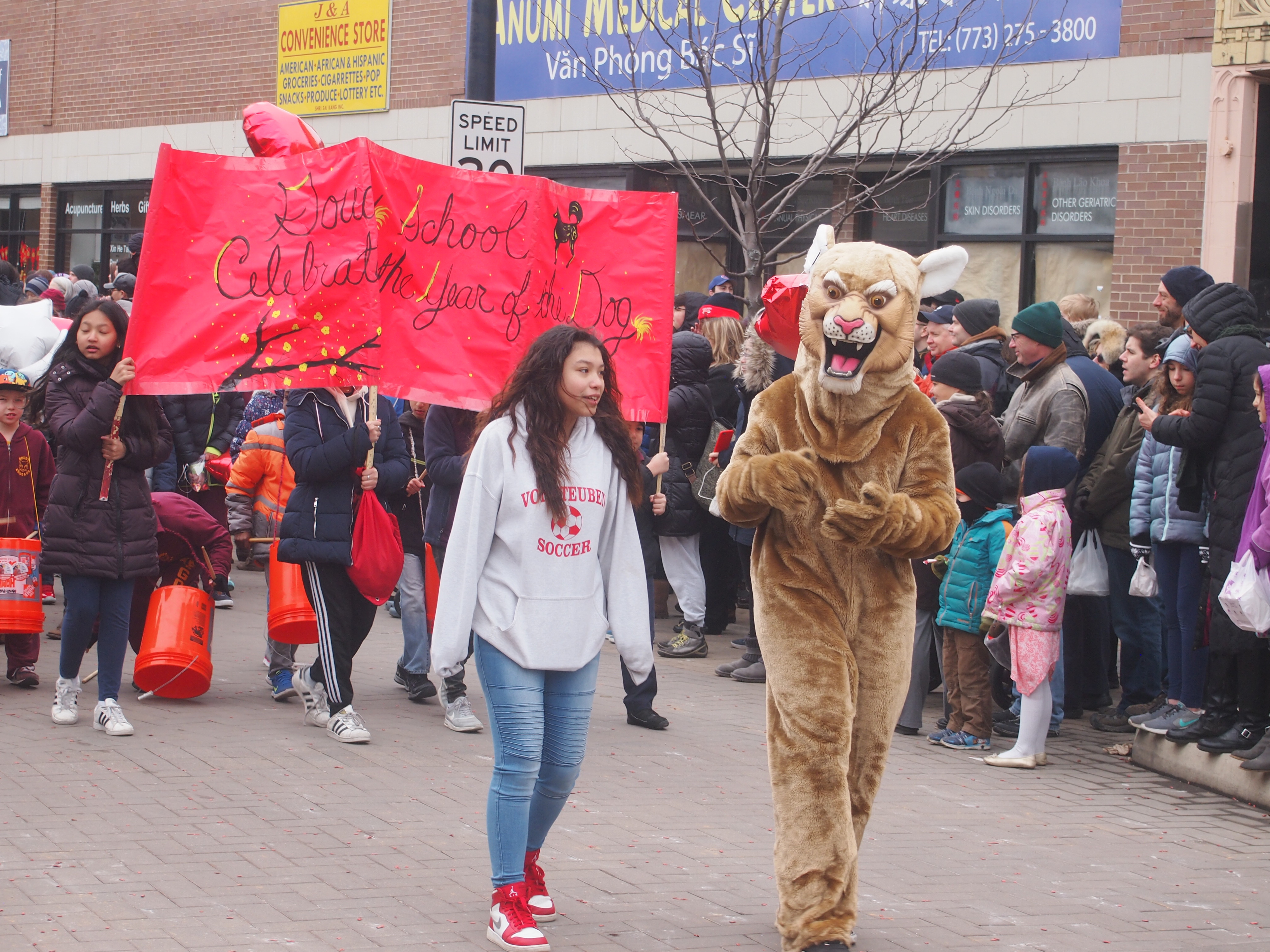
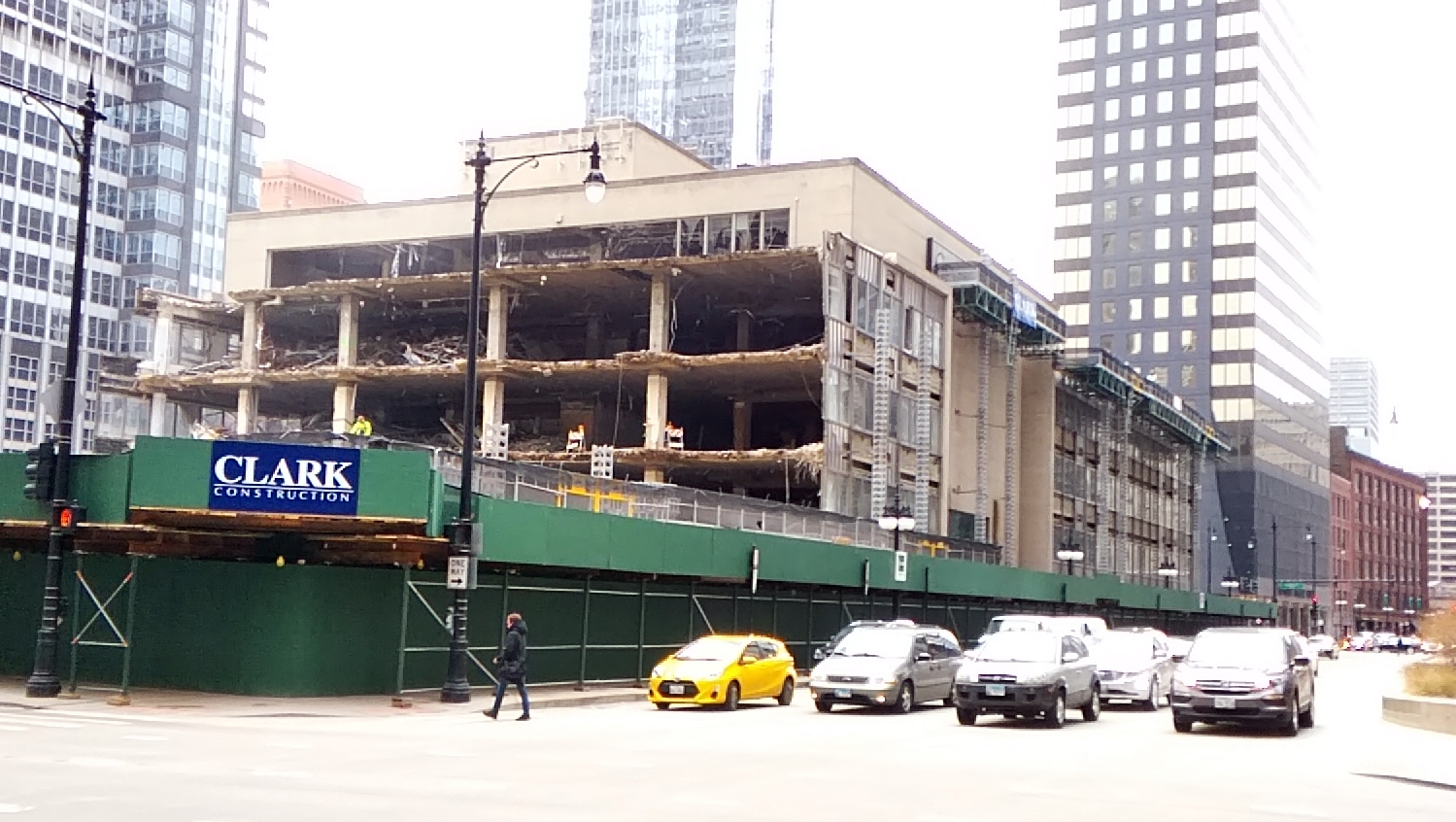 If I’d had more time, I might have captured some other angles. The building, which I always thought bland and colorless, has long been dwarfed by taller buildings on Wacker Dr. Soon a 51-story structure will be rising on the site.
If I’d had more time, I might have captured some other angles. The building, which I always thought bland and colorless, has long been dwarfed by taller buildings on Wacker Dr. Soon a 51-story structure will be rising on the site.